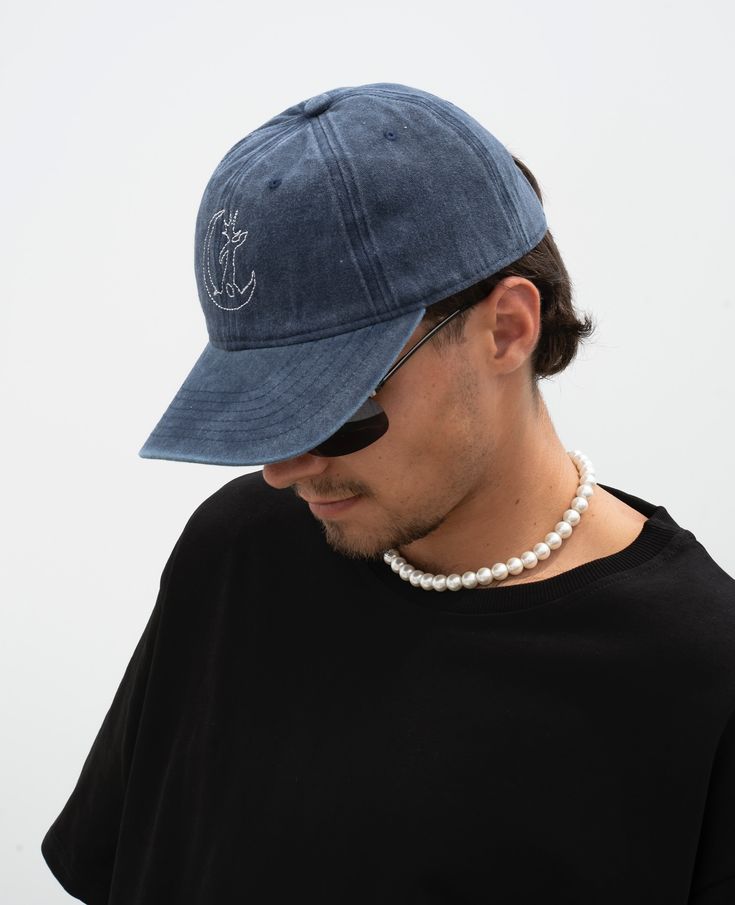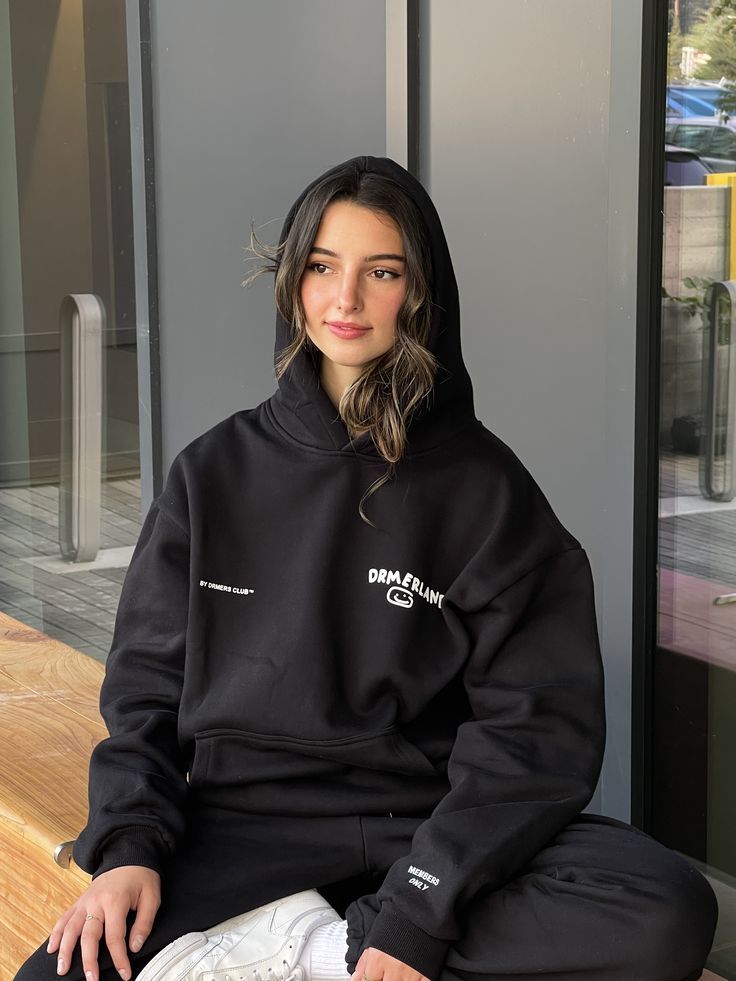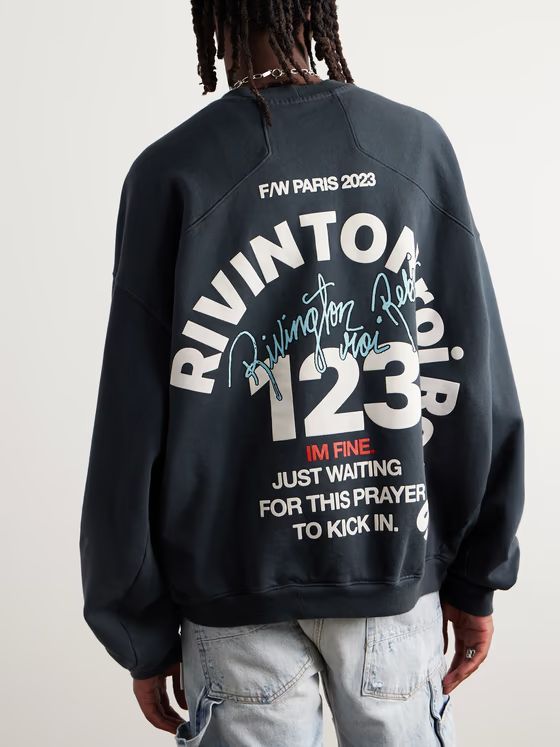Introduction
Fashion has always served as a visual dialogue between personal identity and cultural expression. In 2025, that conversation is louder and more unfiltered than ever—led by the bold, creative, and unapologetically independent voices of youth. No longer confined by traditional style standards or dictated by legacy fashion houses, today’s young generation is dismantling the seams of conformity and reassembling fashion on their own terms. From digital platforms to thrifted statements, their redefinition of dress signals not just aesthetic shifts, but a deeper cultural movement: a reclaiming of authenticity, inclusivity, and expressive power.
The Rise of Youth-Driven Aesthetics
The youth of today are not passive consumers—they are active curators and creators. Their influence is not just seen on social platforms, but felt across retail spaces, brand identities, and even manufacturing models. Whether through DIY fashion, upcycled pieces, or hyper-specific aesthetics like clowncore, fairy grunge, or techwear, young people are shaping a fashion culture rooted in self-expression rather than mass appeal. Style now emerges from the bedroom, the street, and the screen, not just the runway.
Breaking Down Gendered Clothing Norms
Young people are at the forefront of challenging gender binaries in dress. Clothing is no longer strictly labeled as “menswear” or “womenswear”—it is fluid, interchangeable, and deeply personal. Skirts on male-presenting individuals, tailored suits on female-presenting ones, or fully androgynous outfits are becoming the new norm in a world where identity is self-defined. This liberation from gendered dressing has catalyzed a wave of innovative design and given rise to collections that prioritize versatility, comfort, and empowerment over outdated codes.
The Digital Mirror: Social Media and Identity Projection
Digital platforms have become mirrors through which young people explore and reflect their fashion identities. Apps like TikTok, Instagram, and Depop are not merely tools for sharing—they are spaces of experimentation, validation, and evolution. With each outfit video, thrift haul, or aesthetic moodboard, young users engage in self-presentation that blurs the line between personal style and performative art. These platforms have democratized fashion influence, allowing creativity to flourish beyond industry gatekeeping.
Thrifting, Upcycling, and Anti-Fast Fashion Ethics
Sustainability is a core value among today’s youth, and it is shaping fashion choices in revolutionary ways. Thrift stores, clothing swaps, and DIY reworks are not just trendy—they’re political. By rejecting fast fashion and its environmental toll, young consumers are reintroducing value into each garment. Reworking vintage pieces, sewing custom fits, or sourcing locally has become a new badge of honor. These practices affirm that fashion can be circular, ethical, and still wildly expressive.
Fashion Collectives and Independent Brands
Instead of relying on mainstream labels, youth are aligning with independent designers, small collectives, and grassroots movements that align with their values. These creators often produce limited runs, hand-crafted designs, and storytelling garments that resonate deeply with young shoppers seeking meaning over mass production. The relationship between maker and wearer is becoming more direct, collaborative, and rooted in shared vision.
Embracing Imperfection and the Raw Aesthetic
The pursuit of polish is being replaced with an appreciation for the raw and imperfect. Visible stitching, unfinished hems, clashing textures, and asymmetrical cuts are no longer seen as flaws—they are embraced as authentic design elements. This embrace of imperfection reflects a broader cultural shift among youth: a desire to present oneself as real, unfiltered, and unconstrained by the pressure to appear pristine.
Cultural Fusion and Global Influence
Thanks to digital connectivity, young fashionistas are exposed to styles, fabrics, and traditions from all over the world. This has led to a rise in hybrid aesthetics that mix cultural garments with contemporary streetwear or blend global motifs into daily fashion. From South Korean street fashion to West African prints or South Asian embroidery, the youth are celebrating heritage while innovating through fusion.
Fashion as Protest and Political Statement
For the youth, fashion is more than self-expression—it’s activism. Clothing is used as a medium to make statements about climate justice, gender rights, racial equity, and more. Protest T-shirts, slogan-based designs, and symbolically coded outfits are all forms of wearable resistance. These garments are not fleeting trend pieces—they are tools of social commentary and vehicles of solidarity.
Redefining Luxury Through Personal Value
Luxury among youth is no longer defined by price tags or logos, but by meaning and rarity. A one-of-a-kind thrifted jacket or a handmade patchwork piece can carry more weight than a mass-produced designer bag. This shift reflects a broader reconsideration of value—where stories, craftsmanship, and emotional resonance matter more than traditional status symbols.
The New Face of Influence: Peer Inspiration Over Celebrity Endorsement
Today’s fashion inspiration flows laterally, not top-down. Instead of looking up to celebrities, youth often turn to peers, niche creators, or anonymous online accounts for inspiration. Style influence now comes from relatable individuals, aesthetic communities, or even fictional avatars—highlighting the horizontal nature of modern trendsetting.
Conclusion
“Unstitched Norms” isn’t just a title—it’s a call to recognize the ways in which youth are loosening the threads of tradition and weaving new narratives of style. With innovation, courage, and boundless creativity, they are crafting a fashion culture that is free, future-facing, and unapologetically their own. In their hands, fashion becomes more than fabric—it becomes freedom.



